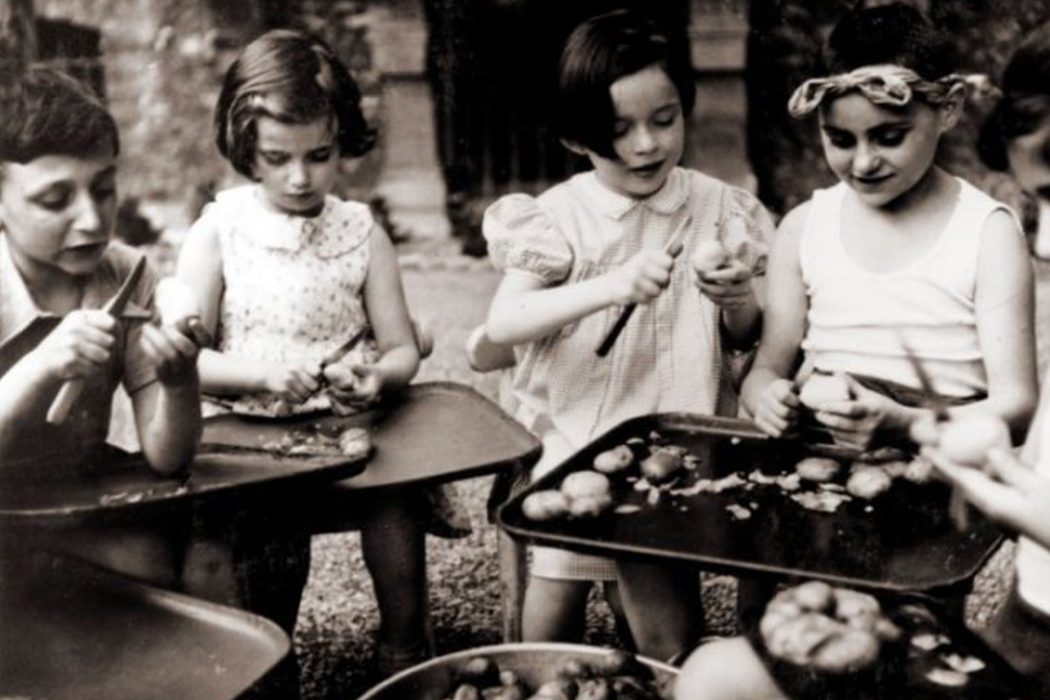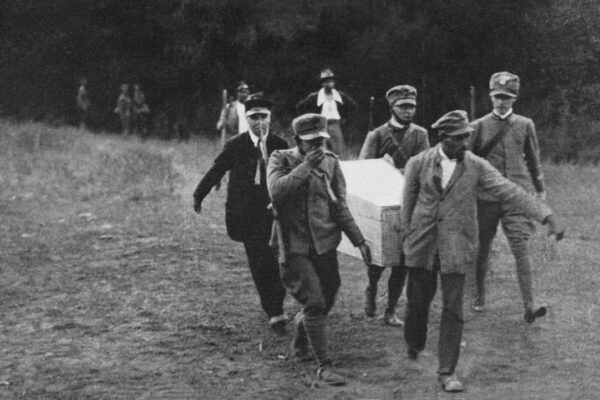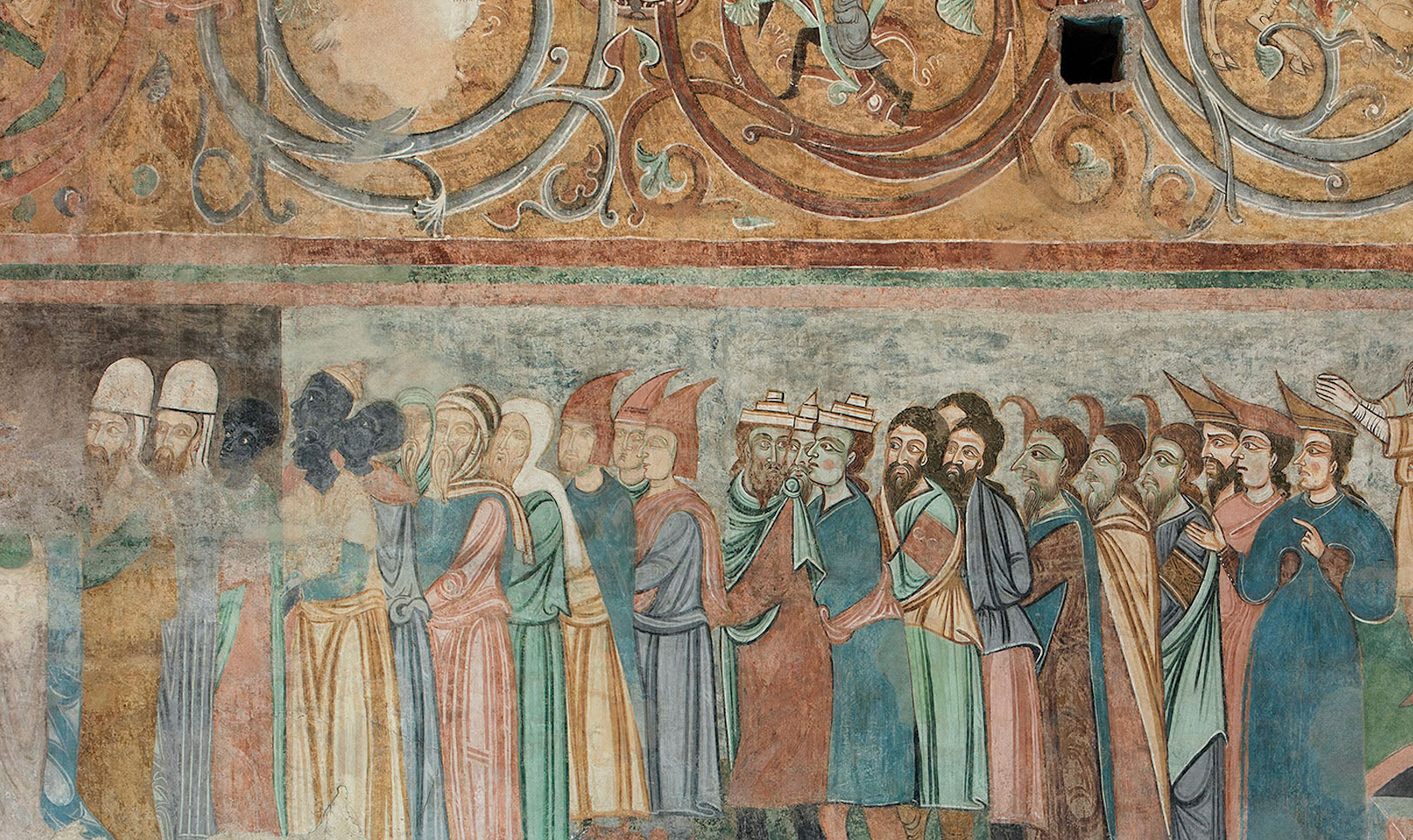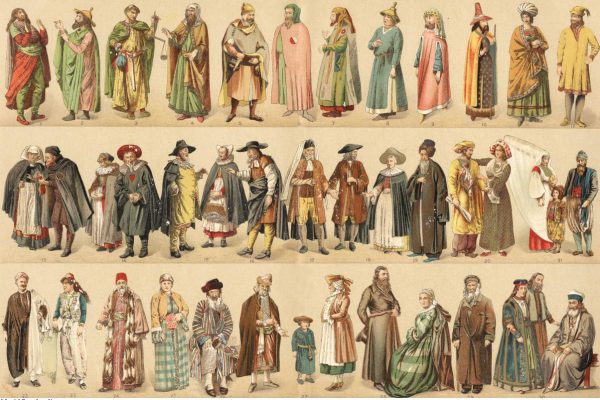Scott-Weaver on Hobson Faure, ‘Un “plan Marshall juif”: La présence juive américaine en France après la Shoah, 1944-1954’
Printable Version: http://www.h-net.org/reviews/showpdf.php?id=43198
Citation: Meredith Scott-Weaver. Review of Hobson Faure, Laura, Un “plan Marshall juif”: La présence juive américaine en France après la Shoah, 1944-1954. H-Judaic, H-Net Reviews. August, 2015.
URL: http://www.h-net.org/reviews/showrev.php?id=43198
American Jewish Philanthropy and Jewish Reconstruction in Postwar France
Laura Hobson Faure’s new book provides a thought-provoking analysis of reconstruction in France that centers on American Jewish aid to survivors of the Shoah as they sought to reestablish themselves and their lives. Integral to this transnational history is the idea that philanthropic work in France was a conduit for American Jews to pursue ideological and cultural stances that reinforced their position at home and as a diaspora community. Faure, however, does not solely emphasize the role of American Jews in France; she also attends to the ways in which French Jewish organizational life evolved over ten years, from 1944 to 1954.
Building on the work of such scholars as Catherine Nicault, Annette Wievorka, and Maud Mandel, this social history poses new questions about the role of philanthropy and illuminates the complex interactions of two important Jewish populations. Whereas French Jewish history of the twentieth century has tended to focus on the Shoah and the large-scale immigration of North African Jews in the 1950s and 1960s, Faure concentrates on the period of tremendous change between these two major developments and highlights the fluctuating nature of Franco-American relations in a manner hitherto unexamined. The lack of historical scholarship on American Jews in France after World War II is a gap that this book sets out to remedy. France, in which 75 percent of Jews survived the Shoah, was a country of focus in American Jewish mobilization to help rebuild European Jewry, sometimes referred to as “the Jewish Marshall Plan.” Utilizing both short-term and long-term perspectives, Faure opens new paths of inquiry regarding partnership, cooperation, and conflict between American and French Jewish communities. She furthermore underlines that nationalism and identity influenced respective visions for Jewish life after the Shoah.
Drawing from archival sources and first-hand accounts, Un “plan Marshall juif” is organized thematically into six principal sections, each with several subchapters. The first section of the book provides needed context by exploring Franco-American relations during the interwar years and World War II. The reader gains a keen sense of partnership between two equally active diaspora communities as they aided refugees fleeing anti-Semitism and persecution, a relationship that shifted definitively by the end of the 1930s when American aid grew and French Jews faced increasingly tenuous circumstances. Yet Faure does not paint a simple picture of French Jewish dependency until 1954, when American Jewish philanthropic activities in France largely ended. Instead, she posits, this study reveals how philanthropy engendered “‘symbiotic’ relationships profiting both the beneficiary and the benefactor” (p. 13). Faure moreover asserts that French Jews were active participants and takes into account varied reasons for accepting and rejecting American organizations.
Faure constructs her thesis systematically, considering distinct facets of Franco-American interactions after liberation from German occupation in 1944. Underlying this ten-year history is the terse balance between dependence and independence for Jews in France. Particularly engaging is her examination of American Jewish soldiers and chaplains in the early days after liberation, including a case study of Reims. In trying to help survivors, who fought against “sliding into the abyss,” American Jewish servicemen offered unofficial, yet critical, help (p. 69). Shortly thereafter, American Jewish philanthropic groups began establishing themselves in France. Although it gives due attention to numerous American organizations, including the Hebrew Sheltering and Immigrant Aid Society, the book concentrates on the American Joint Distribution Committee (also known as the Joint), established in 1914, and its role in France. The Joint was an invaluable resource; its funding comprised a significant portion of monies on which French Jewish organizations operated during this period. This close examination of the Joint in France, the first of such depth, illustrates how the organization functioned during changes in leadership, from Harry Rosen to Laura Margolis, and through the shifting sociopolitical landscape that accompanied the Cold War and the creation of the State of Israel.
The central chapters of Un “plan Marshall juif” reveal the ideals and motivations embraced by Joint employees, as well as the obstacles that they encountered while working with French organizations across the social and political spectrum. Faure focuses not on how the Joint “saved” European Jewry, but on the ways that it influenced, and was influenced by, France. Among its top priorities was to centralize French Jewish organizational life by creating a distribution fund that would engender independence, efforts that resulted in the creation of the Fonds social juif unifié (FSJU). Although it struggled with the fragmented nature of French Jewish organizations, the Joint was able to imbue them with such American ideals as efficiency, cooperation, and standardized practices. American influence was perceptible in other areas as well; Jews in France began referring to themselves again as a community. Leaders like Margolis and Dr. Joseph Schwartz understood that the Joint’s efforts risked the perception of American cultural imperialism. Equally important as her argument about American Jews is Faure’s assertion that Jews in France received, rejected, and interacted with the Joint in many ways throughout the years that comprise this examination. French Jewish organizations dealt with Americans in varying manners, including open resistance to directives, and their attitudes depended on ideology and individual relationships. There furthermore was the feeling among French Jewish associations, like the Conseil représentatif des isrsaélites de France (CRIF), that Joint employees did not take them into account when carrying out initiatives.
Faure moreover considers the establishment of the State of Israel in 1948, Cold War politics, and the École Paul Baerwald, a social work school in France, for what they reveal about transnational relations and the changing circumstances that diaspora communities faced. She highlights that Jews in France raised large sums through the FSJU to support Israel, illustrating the mobilization and centralization possible for French Jewish organizational life. The year 1948 furthermore marked a shift in focus from Europe to Israel among global Jewish populations. The Cold War, on the other hand, posed challenges for the Joint, given the relative prevalence of organizations representing leftist or communist interests in France. Although the Joint was officially apolitical, the book makes clear that its members were not; their visions and biases molded their activities throughout the period. Political stances within the Joint sometimes put it at odds with left-leaning Jewish organizations operating in Europe and with French groups. Yet the Joint also drew fire for cooperating with communist aid organizations, like the Union des Juifs pour la résistance et l’entraide (UJRE), in orchestrating needed social supports. In this realm, Faure convincingly illustrates how France had an influence on the Joint. The book’s final chapter presents a case study of the École Paul Baerwald, which educated French social workers according to American standards, and its far-reaching impact that transcended French Jewish circles. It illuminates how, as French social work formalized, the Joint influenced the development of professional standards for casework management throughout the country.
Faure crafts a history that contributes meaningfully to a number of historical discourses and advances the transnational approach. Impressive in its originality and scope, this research opens new inquiries into the global context of Jewish history and sheds new light on Jewish experiences. Un “plan Marshall juif” is a noteworthy and highly recommended read.









